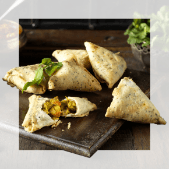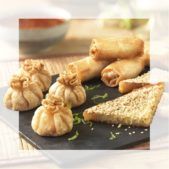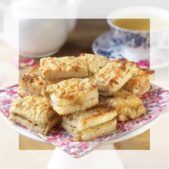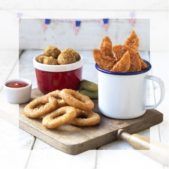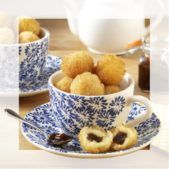British Food Fortnight is upon us and what better way of celebrating than tucking into the country’s classic cuisine.
Before we consider what might be Britain’s most popular national dish, it’s worth casting our minds back 8,000 years to Britain’s oldest recipe.
Back then the likes of potatoes, sugar and chicken hadn’t reached these shores and so the number one indigenous food of Britain was….nettle pudding.
Thankfully, the import of livestock and successful cultivation of vegetables and fruit from abroad has provided the base ingredients for a rich melting pot of British cuisine.
In many cases regional delicacies have stood the test of time, Lancashire hotpot, Wensleydale cheese, Arbroath smokies and Cornish pasties are just a few examples of classic British food that proudly promotes their corners of the country.
In other cases, parts of Britain have taken to foreign food to such an extent they have created their own British version.
The curry houses of Scotland have long laid claim to inventing chicken tikka masala and on Teesside the parmo –flattened chicken in a bechamel sauce covered in breadcrumbs and cheese – has cult status (see below).
This adoption of food from abroad was illustrated in a recent survey that sought to establish Britain’s favourite meal. curry, pizza, spaghetti bolognese and stir fry all featured in the top 20.
Toad in the hole, bubble and squeak and an Eton Mess may all need further explanation to visitors but the nation’s favourite three meals were all solid British classics.
In third place came the wonderful full English breakfast, no doubt including locally sourced bacon, sausages, free range eggs and mushrooms.
Second was that most British of dishes, fish and chips, which has spread from its origins in London and Lancashire to kitchens across the land, including more than 10,000 takeaways.
Standing proudly though at the top of the nation’s favourite dishes is the classic Sunday roast. Originally, oxon on a spit was served up to serfs who had laboured for six days in the field. Now, pork, beef, chicken and lamb are all acceptable centrepiece meats accompanied by seasonal British vegetables, roast potatoes and lashings of gravy.
And, of course, no roast dinner would be complete without the trimming that also lays claim to being Britain’s favourite regional dish – the Yorkshire pudding.
Legend has it that the coal fires of Yorkshire produced a higher heat than normal stoves, resulting in the batter rising higher and crispier and so the name stuck – it’s certainly more appealing that nettle pudding!
Please make the most of British Food Fortnight.
Teesside Parmo and Chips.
Ingredients:
- Chicken Breasts
- Panko Breadcrumbs
- Plain Flour
- Butter
- Milk
- Eggs
- Salt and Pepper
- Potatoes
- Red Leicester Cheese
- Mature Cheddar Cheese
- Parmesan Cheese
Recipe:
- Firstly, cut the potatoes into chip like shapes and par boil for 8-10 minutes. Cool them down immediately then fry in oil at 150 degrees for a further 6-8 minutes.
- Then, prepare the Parmo. Take your chicken breast and butterfly it. To do this, slice it in half but not all the way through. Then wrap it in cling film and start to flatten with a rolling pin. The aim is for the chicken to be half an inch thick. Then coat in flour, then egg and then the breadcrumbs. Fry this for 4-6 minutes in a fryer, or until the breadcrumbs are golden and the chicken is cooked.
- To make the béchamel, make a roux with the butter and flour, then add milk to make a thick white sauce. Then add cheese and season with salt and pepper.
- Once the béchamel has cooked, spread on top of the chicken, then add cheese on top. Place under the grill until the cheese has melted and serve.
- To finish the chips, place them back in the fryer at 190 degrees for 6-7 minutes, or until slightly golden brown.
And don’t forget, a classic Parmo wouldn’t be the same without a side of garlic sauce!
